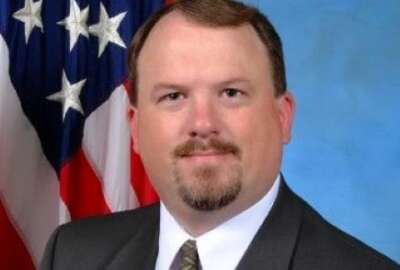
Digital modernization never finished for DISA, but chasing trends isn’t the answer
Steve Wallace, systems innovation scientist at the Defense Information Systems Agency, said DoD needs to apply DevSecOpps-type processes across the board, in order...
Modernizing information technology needs to happen continuously, especially if that technology serves an enterprise as large and diverse as the Defense Department. However, continuous modernization can lead agencies to think they have to update a lot at once – causing a “technical deficit.”
It will take a shift in thinking, said Steve Wallace, systems innovation scientist at the Defense Information Systems Agency. He said DoD needs to apply DevSecOps-type processes across the board, in order to have smaller micro deployments.
“That constant evolution is key,” Wallace said on Federal Monthly Insights – Digital Modernization: Enterprise Modernization. “That way, it’s not such a huge shift every time – but again, just that constant evolution.”
His colleague Raju Shah, director of the Enterprise Engineering and Governance Directorate at DISA, said it is also a matter of continuous “learning.” Clean, reliable and useful data is key to the enterprise’s main goal: Delivering IT for all of DoD and consistently provide a good experience to warfighters – at a speed that enables them to empower the decision-making, Shah said.
“As our commander has stated, velocity of delivering the services is a key. And that’s the area we are continuously invest[ed] with … specifically, zero trust principles, and using automation and orchestration, to provide the speed – not only the speed, but also remove the human factors and utilization of data,” Shah said on Federal Drive with Tom Temin.
Embracing technology to meet mission requirements, while also not chasing new technology just for the newness of it, requires a balance.
“You could create the best widget, if you will, in the world, but if it doesn’t satisfy the actual need, that widget goes on a shelf, and is never useful to anyone, and it never sees the light of day,” Wallace said. Often a solution already exists in the department or elsewhere in the government, which can be leveraged or adopted faster than if something needs to be built from scratch, he said. His advice was to make sure exploring new technology was a small part of an organization’s overall effort – not the primary objective.
One modernization project that DISA is deploying throughout government now is the Defense Enterprise Office Solution (DEOS). Wallace said it is mainly a collaboration platform but DEOS’ new tools will also generate large amounts of data – which will last longer than many other tools. DEOS is also a cloud technology, which Shah said is central to digital modernization.
Beyond cloud computing, the armed services often require some type of edge computing to counterbalance environments where broadband may be unavailable. Shah and Wallace also said edge computing is helpful because it can optimize data locally, rather than transmitting it back to the cloud. This is important because the more data which is generated, the more useless data is also generated – and not all of it can or needs to be analyzed.
All of this is to say that digital modernization means to continuously examine a system’s architecture. For Shah and Wallace at DISA, there is no such thing as sustainment. In addition, no matter how long or hard the team has worked on one piece of technology, they must always be prepared to set it aside for something new coming down the pike.
“This is a constant evolution – if you sit still, you’re going to lose,” Wallace said. “And so, we have to constantly be looking at how we can make ourselves better. It’s just like an athlete.”
Copyright © 2025 Federal News Network. All rights reserved. This website is not intended for users located within the European Economic Area.
Amelia Brust is a digital editor at Federal News Network.
Follow @abrustWFED
Related Stories





